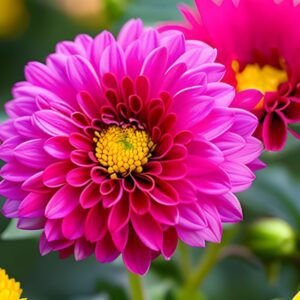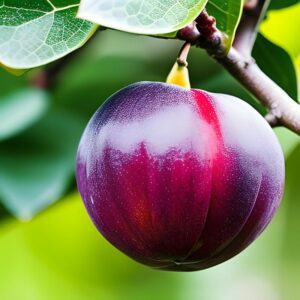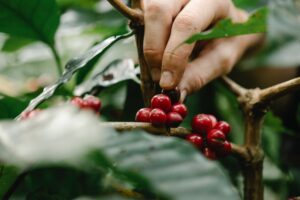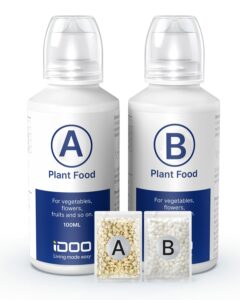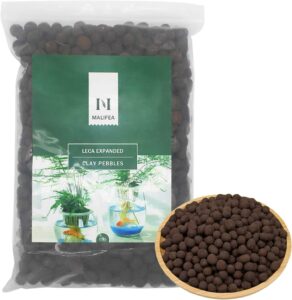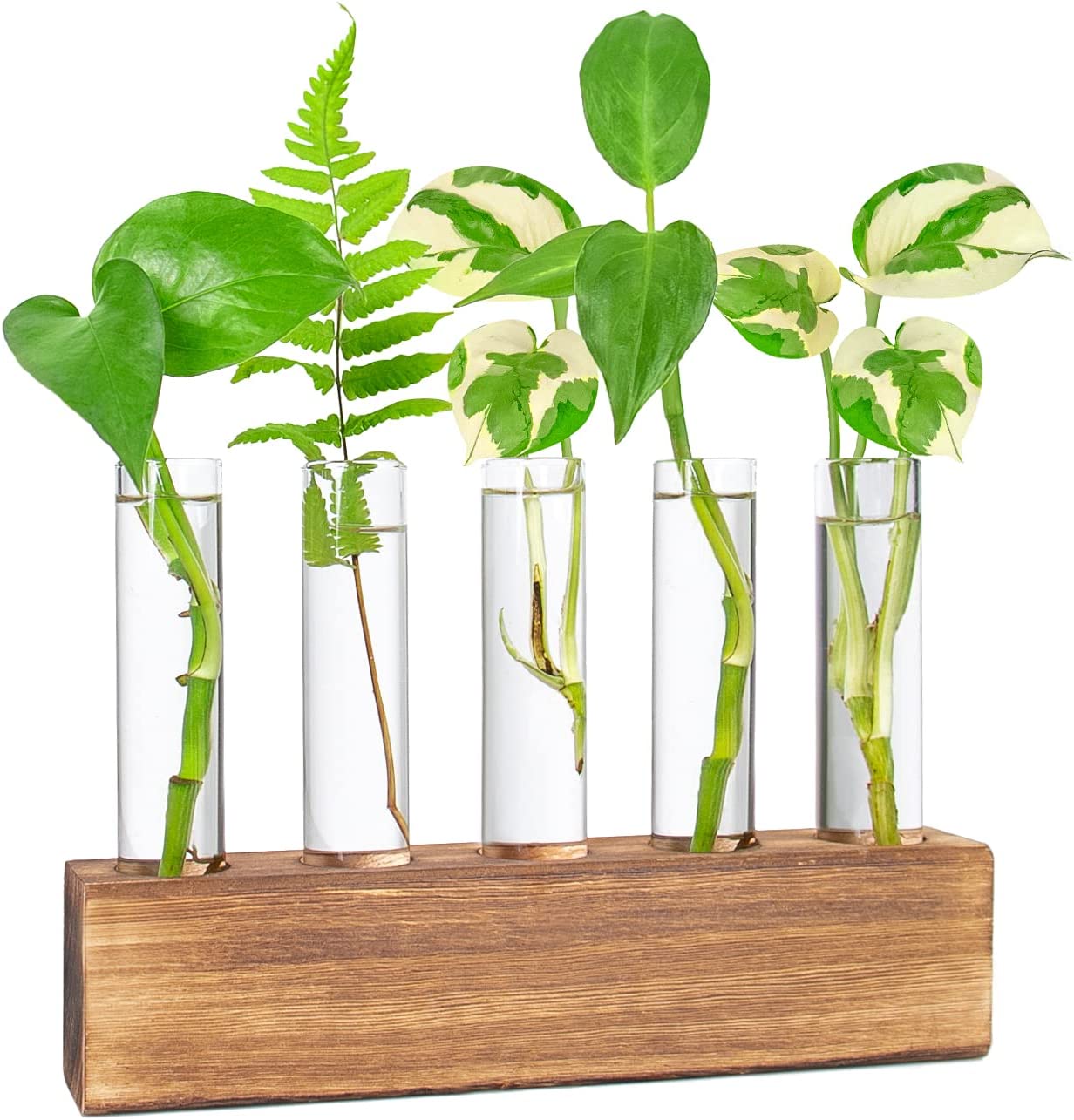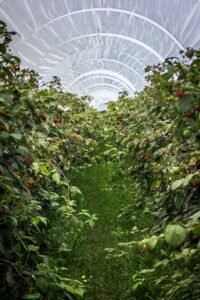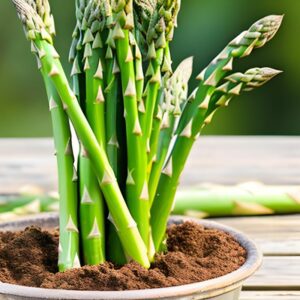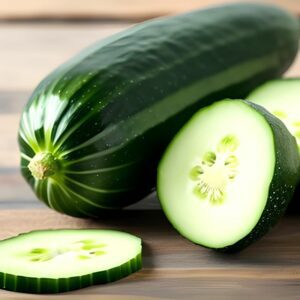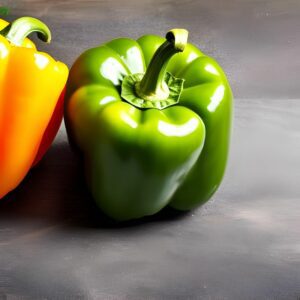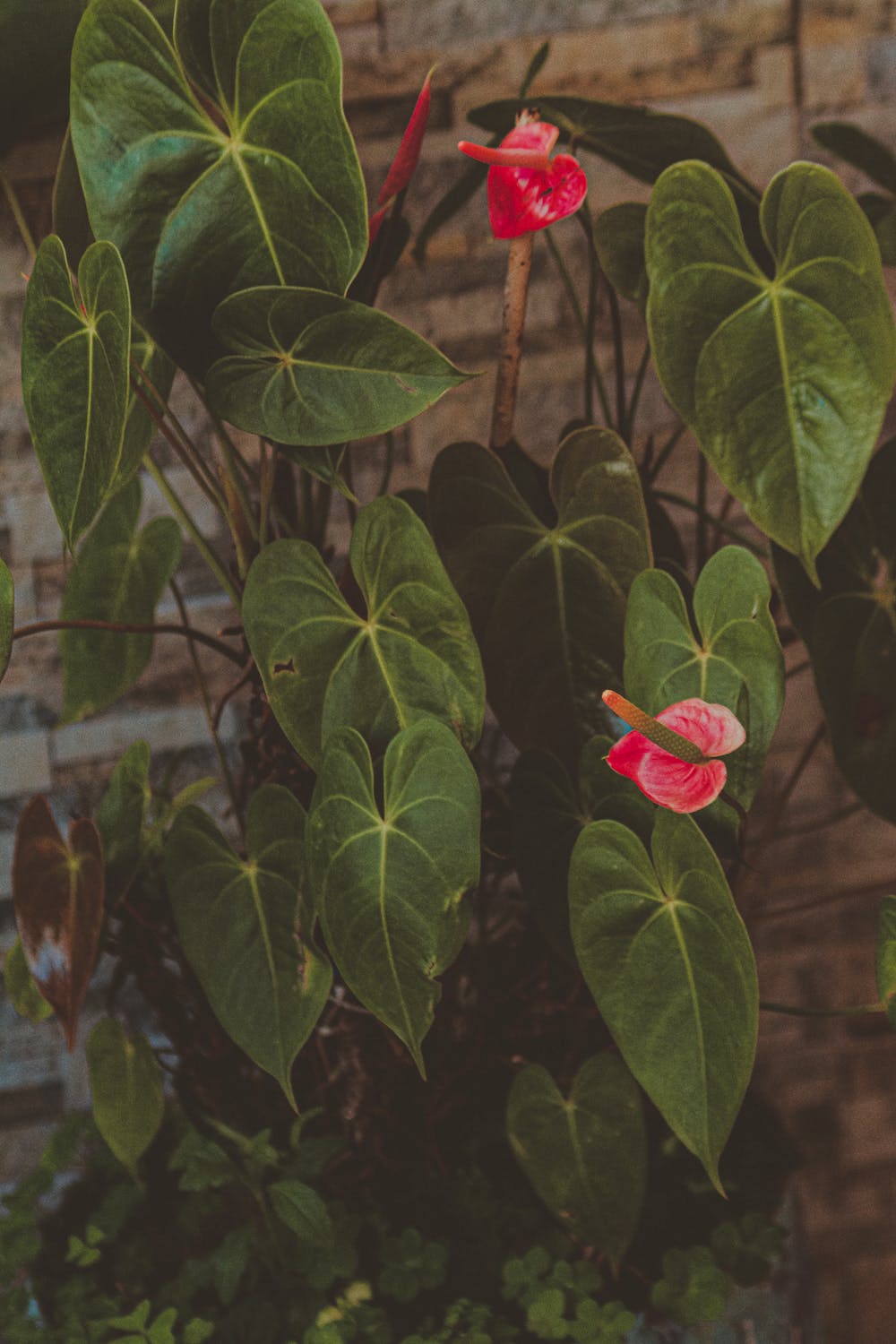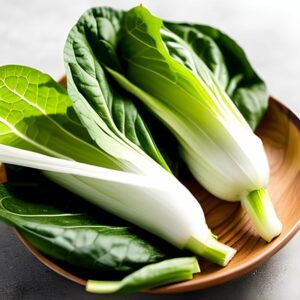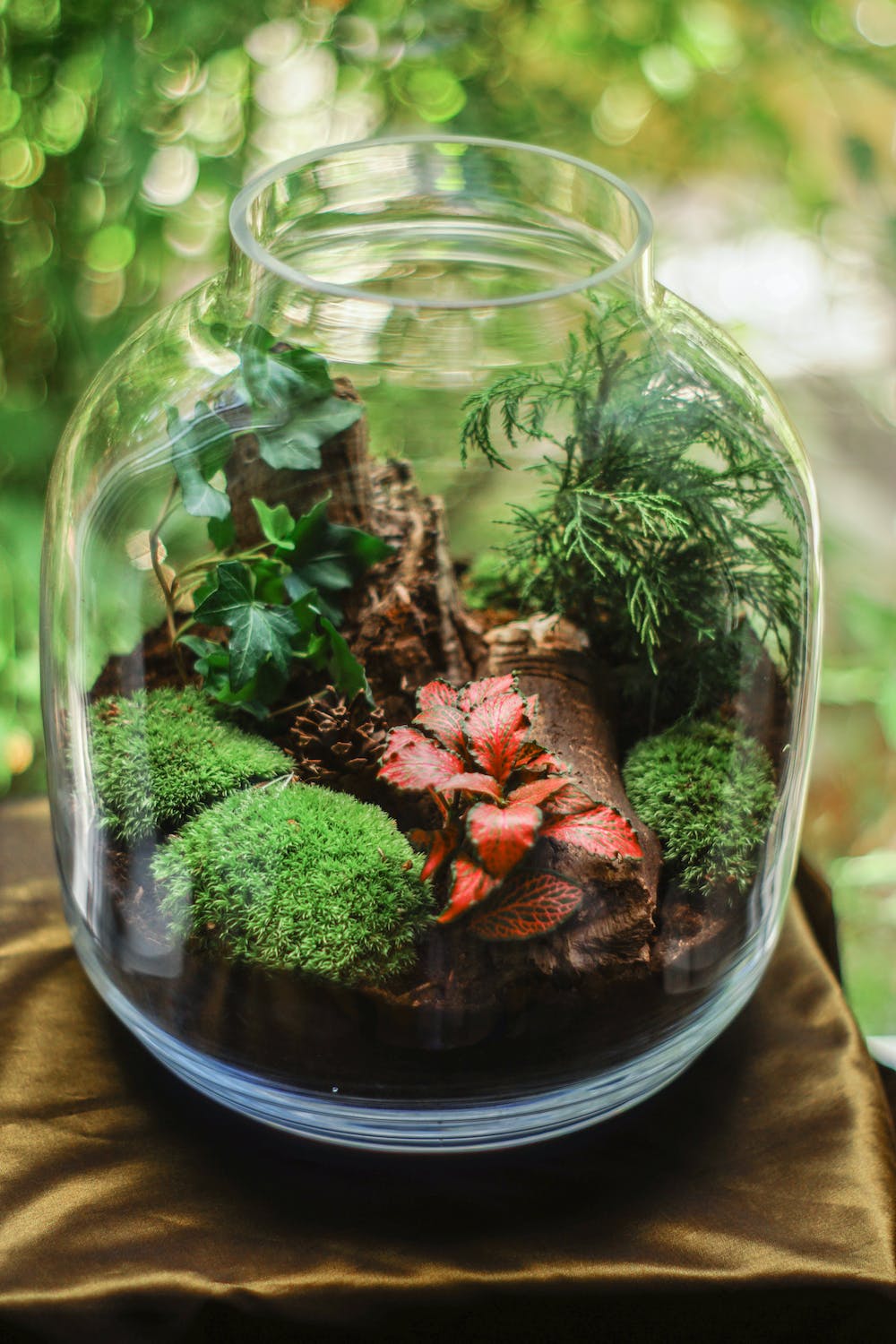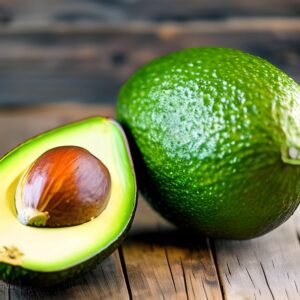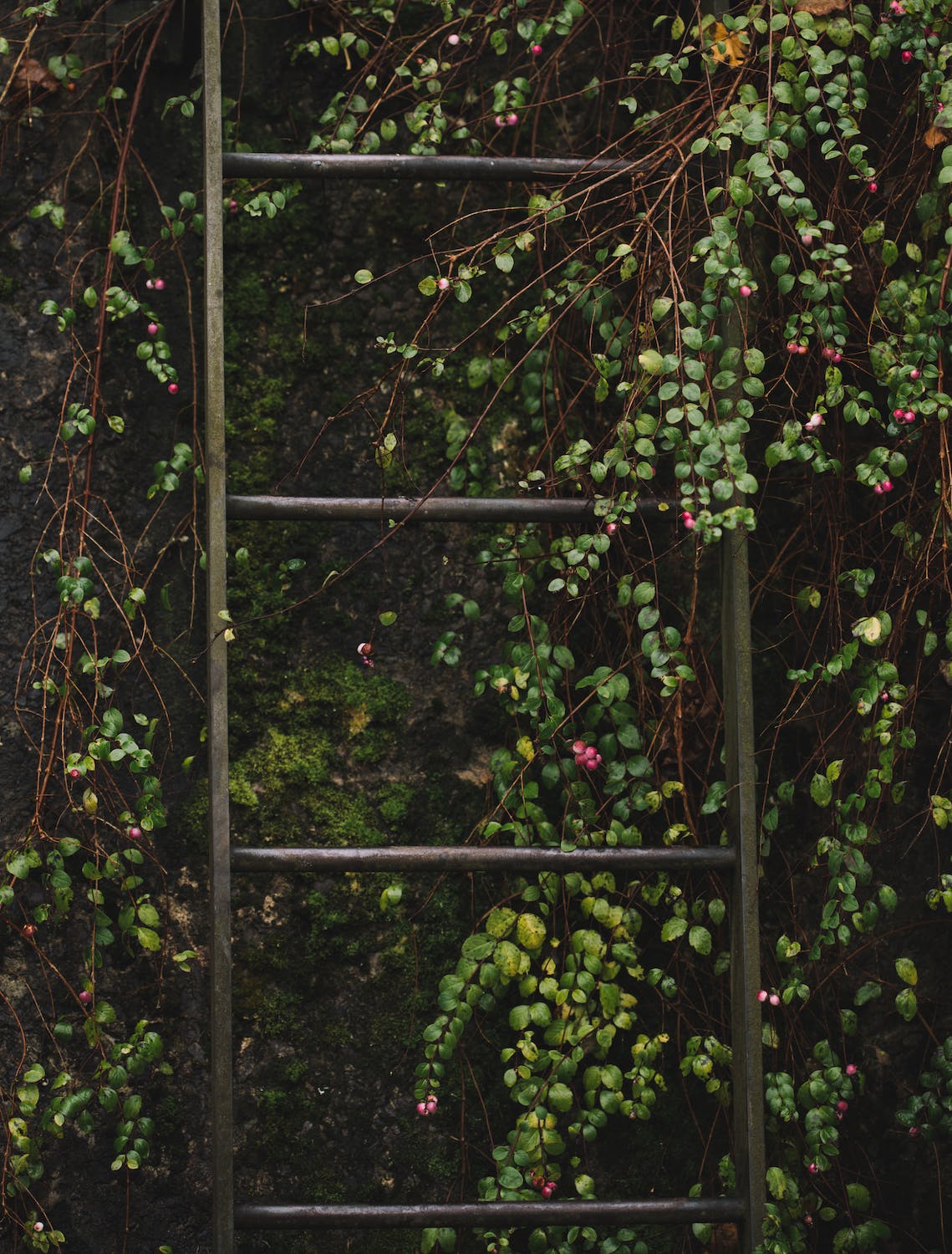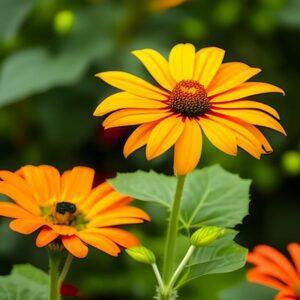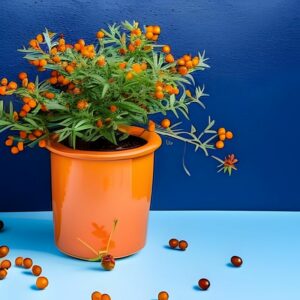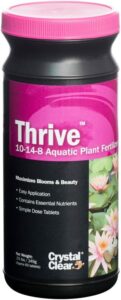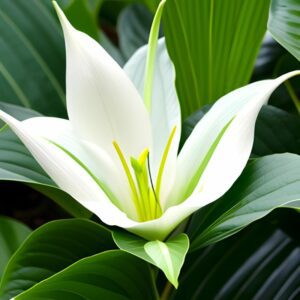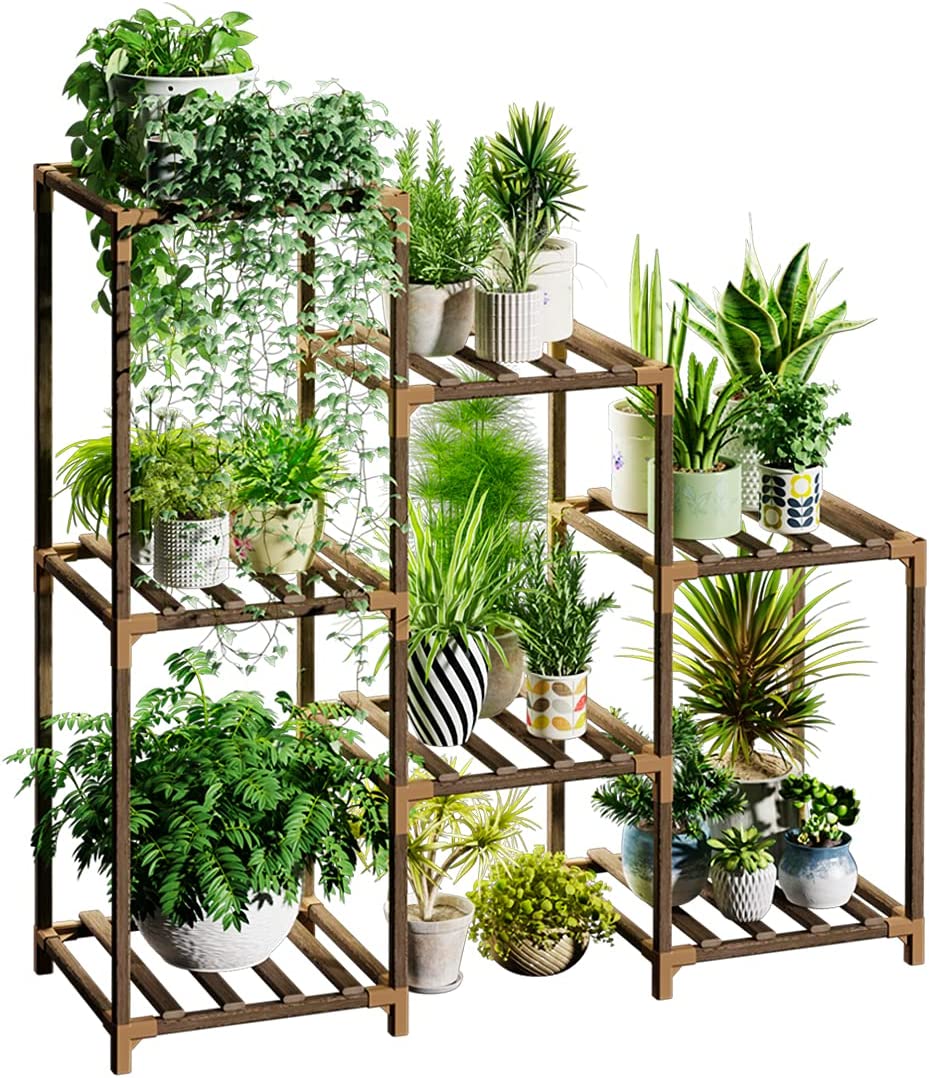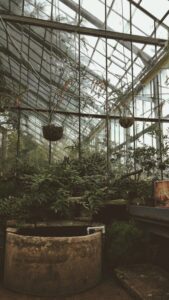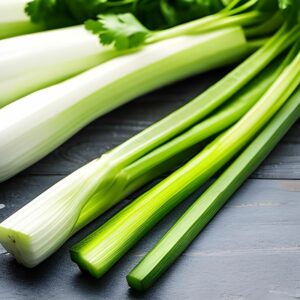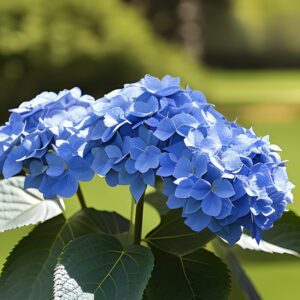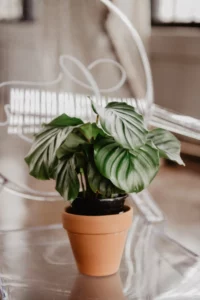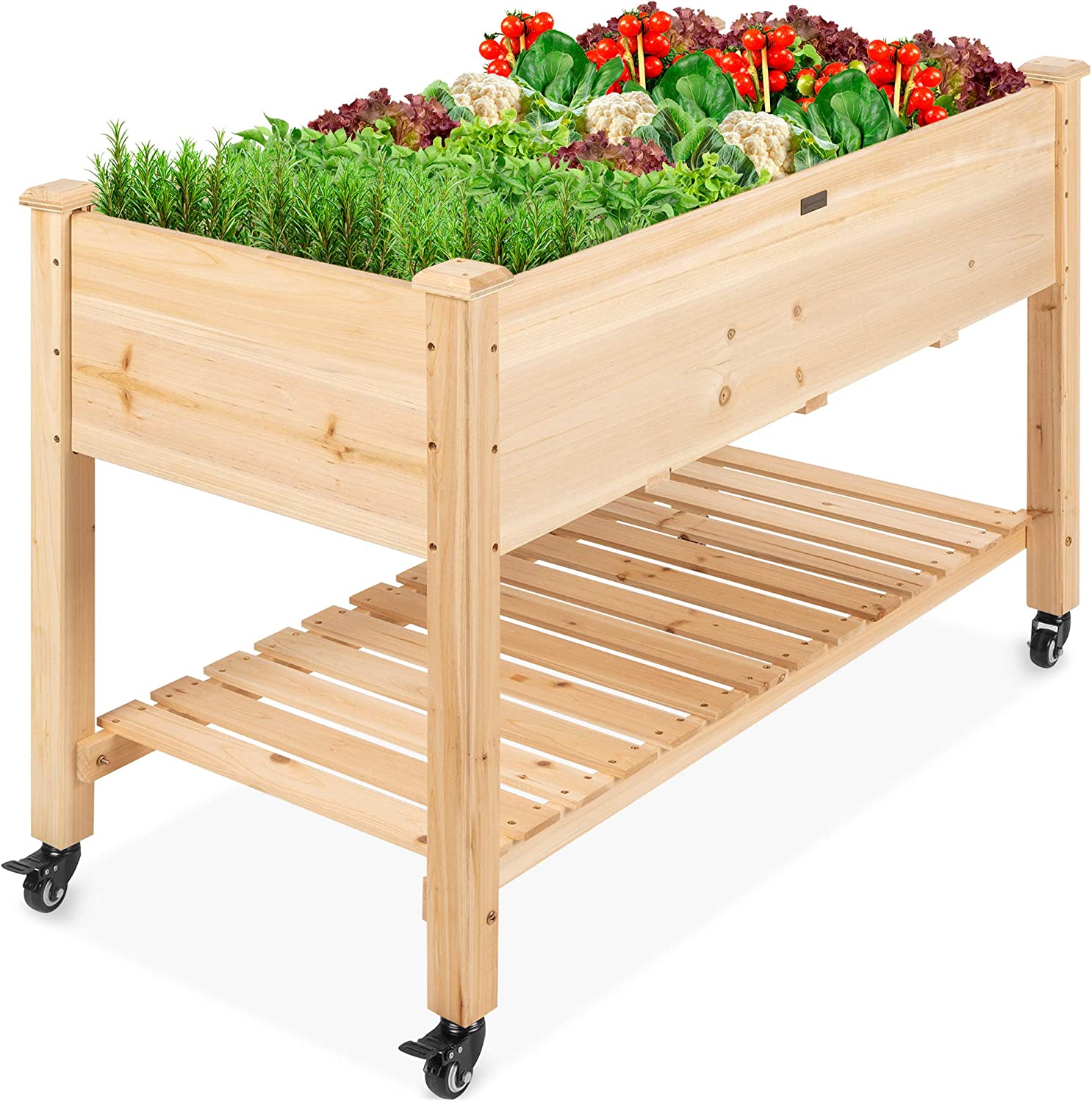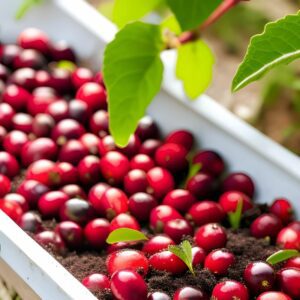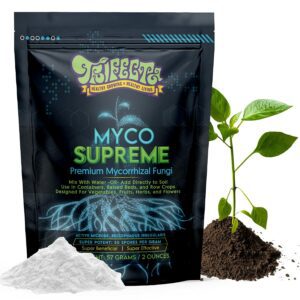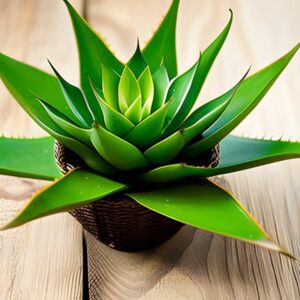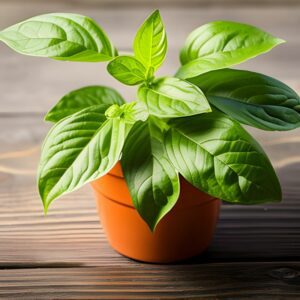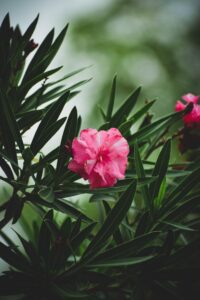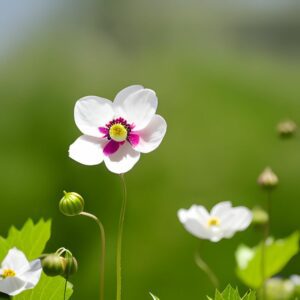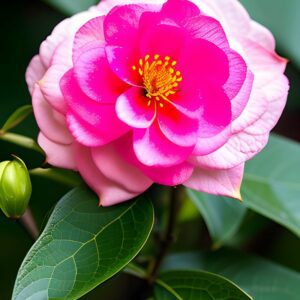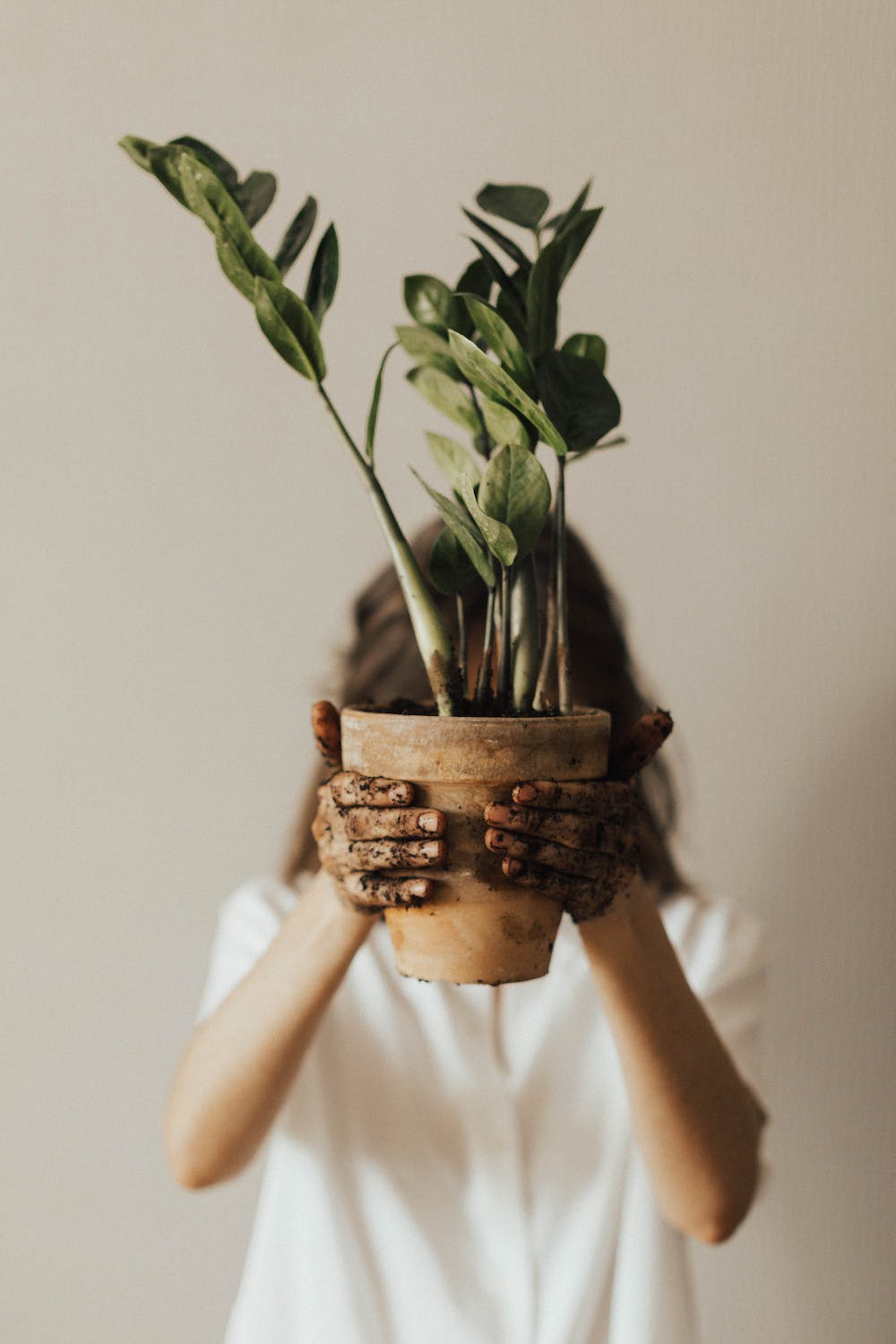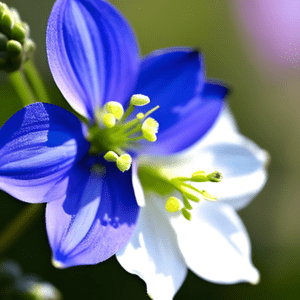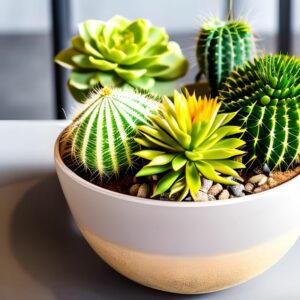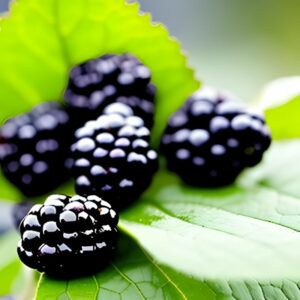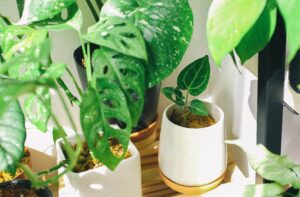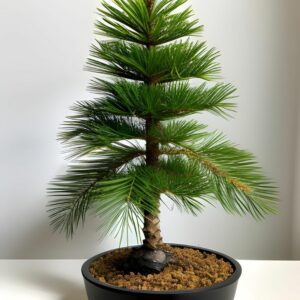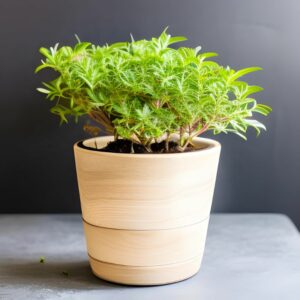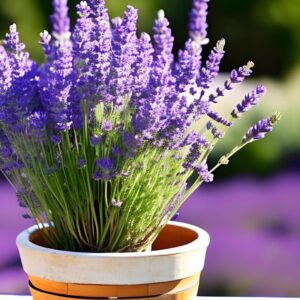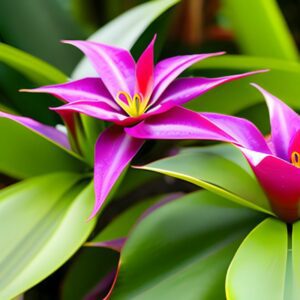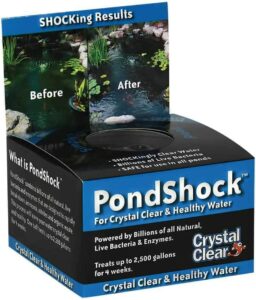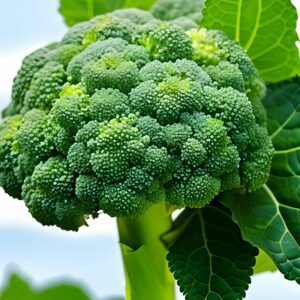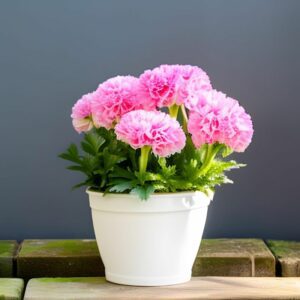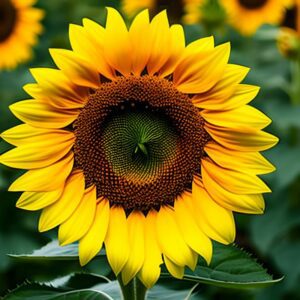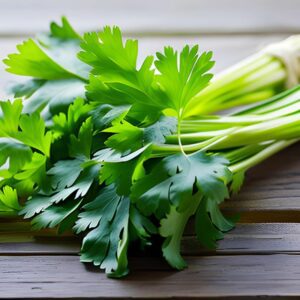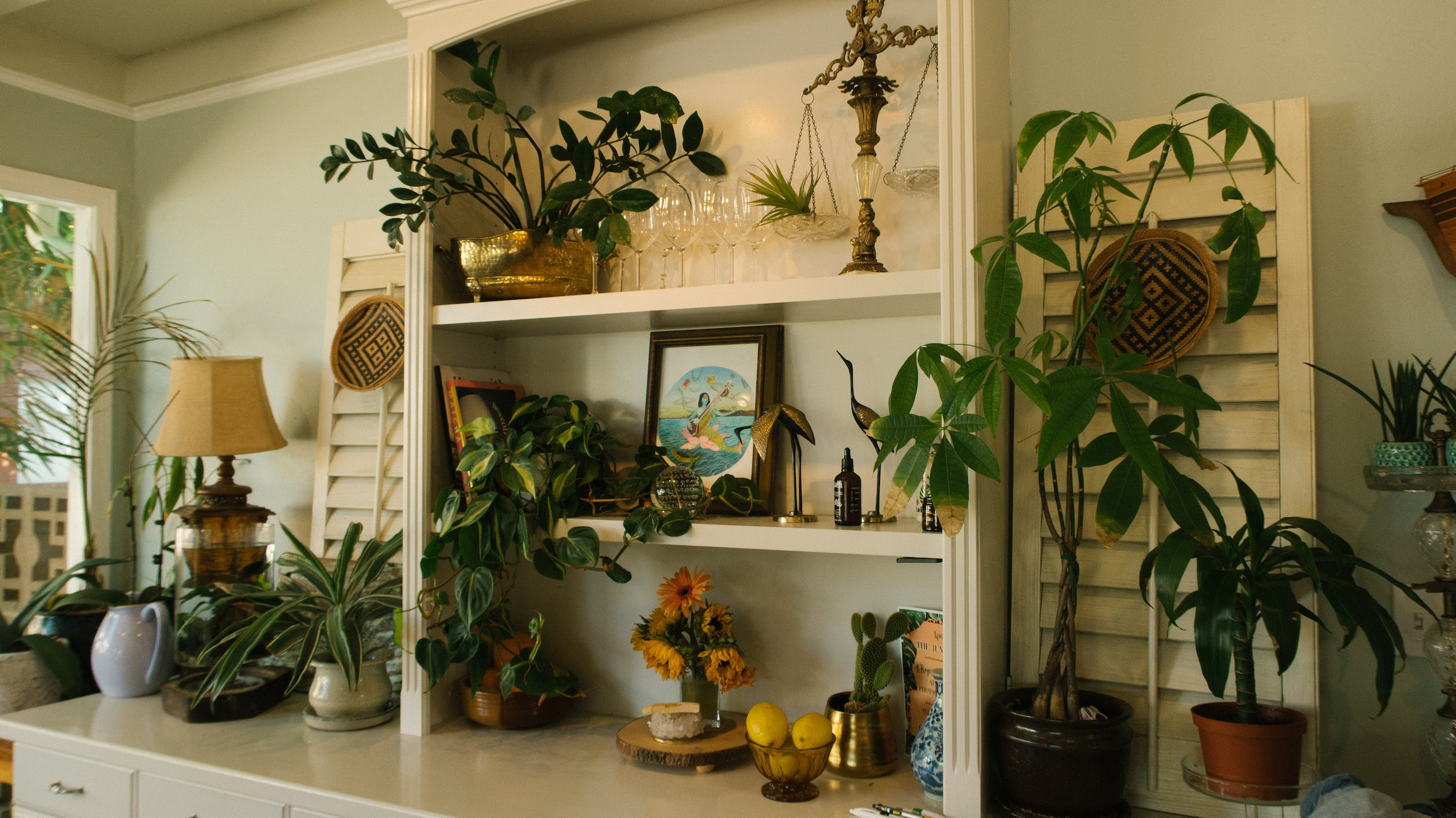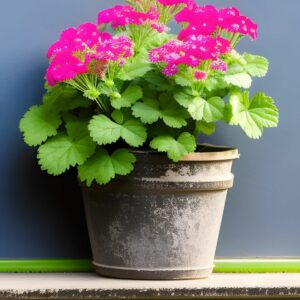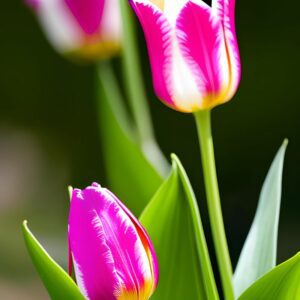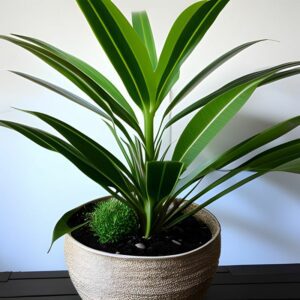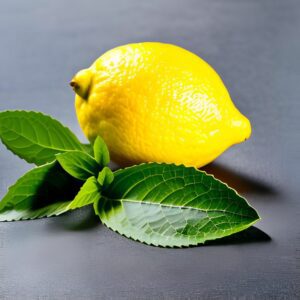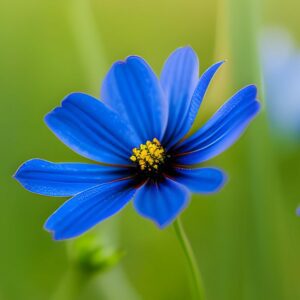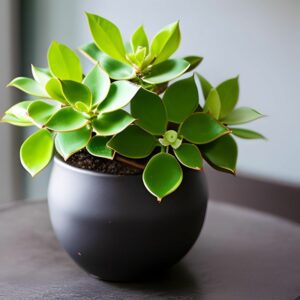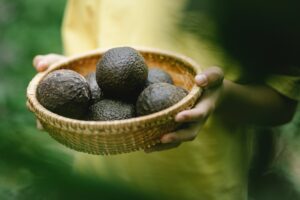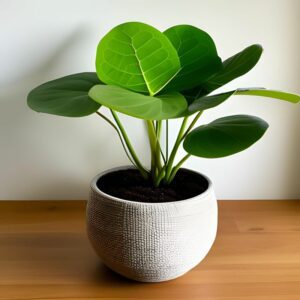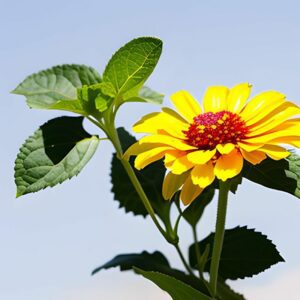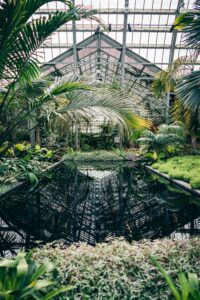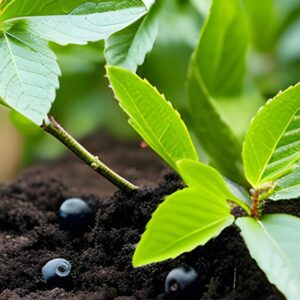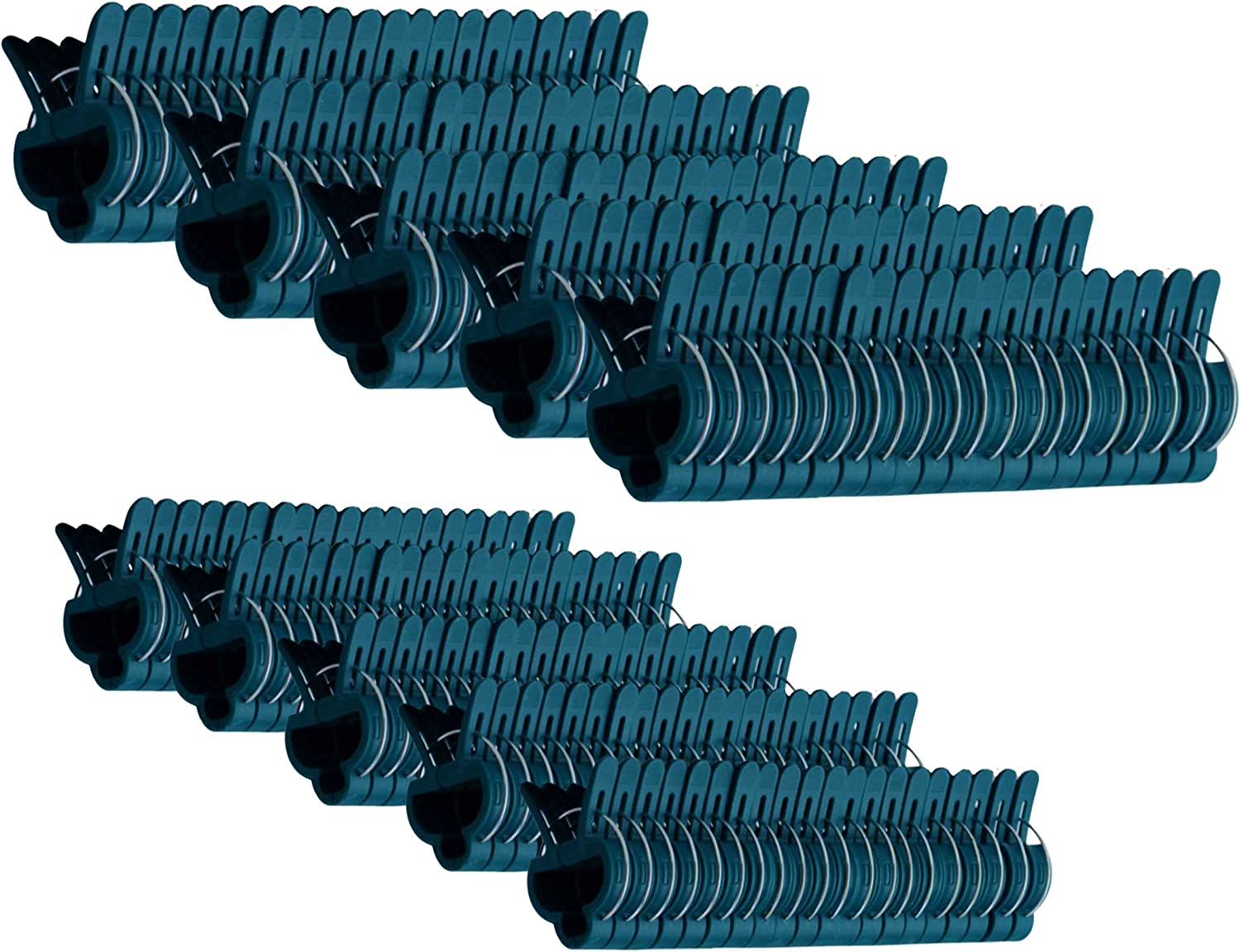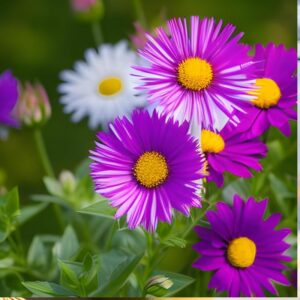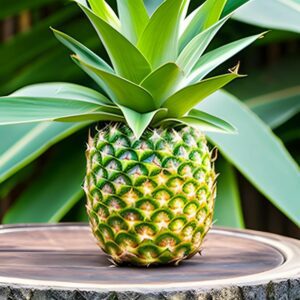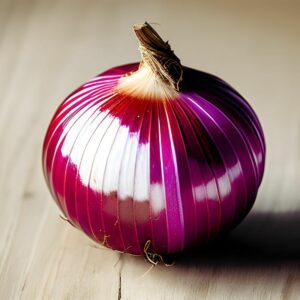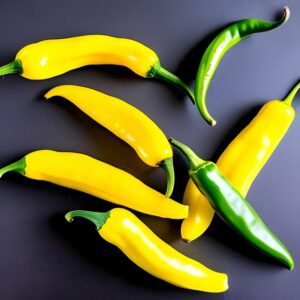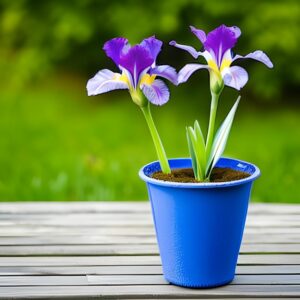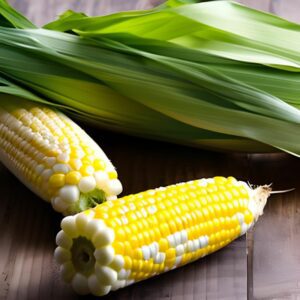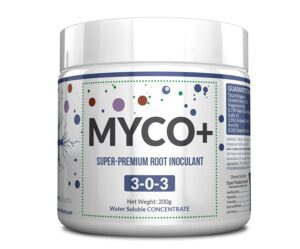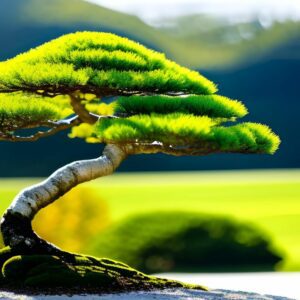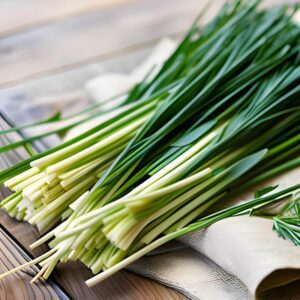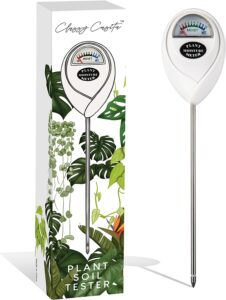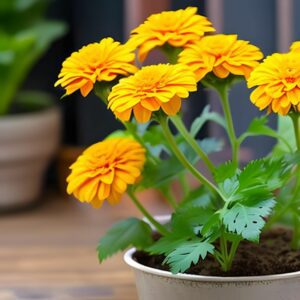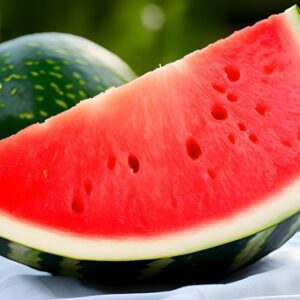Aloe Vera
House Plants
- Arabian Peninsula
- Easy
- 2-3 Years
Introduction
Aloe Vera is a succulent plant native to the Arabian Peninsula. It is well-known for its medicinal properties and is commonly grown as a houseplant. Aloe Vera has thick, fleshy leaves that contain a gel-like substance rich in nutrients and soothing properties. It is often used topically for skin care and can also be consumed internally in small quantities for various health benefits.
Plant Characteristics
Aloe Vera plants have rosettes of thick, spiky leaves that grow from a central base. The leaves are typically green but may have a slight bluish tint. A mature Aloe Vera plant can reach a height of about 1-2 feet, and it may produce tall stalks with yellow or orange tubular flowers.
Ideal Growing Conditions
Aloe Vera thrives in bright, indirect sunlight. It prefers warm temperatures between 60-80°F (15-27°C) and can tolerate higher temperatures if given adequate airflow. A well-draining potting mix specifically formulated for succulents is ideal. Aloe Vera is drought-tolerant and should be watered sparingly, allowing the soil to dry out between waterings.
Planting Guide
Choose a suitable container with drainage holes to prevent water-logging. Fill the container with well-draining succulent potting mix. Gently remove the Aloe Vera pup (young offset) from the parent plant or use a pre-potted Aloe Vera plant. Place the pup in the container, ensuring the roots are covered with soil and the plant is stable.
Watering and Fertilizing
Water Aloe Vera sparingly, allowing the soil to dry out between waterings. Overwatering can lead to root rot. Fertilizing is generally not required for Aloe Vera, as it can thrive in nutrient-poor conditions. If desired, use a diluted, balanced succulent fertilizer during the growing season.
Pruning and Maintenance
Aloe Vera requires minimal pruning. Remove any dry or damaged leaves by cutting them close to the base of the plant. Regularly check for pests, such as mealybugs or spider mites, and take appropriate measures if infestation occurs.
Harvesting or Flowering
Aloe Vera plants can produce flower stalks with tubular yellow or orange flowers. However, the primary focus is on the plant’s gel rather than its flowers. To harvest Aloe Vera gel, carefully cut a mature leaf near the base and squeeze or scoop out the gel from the leaf’s interior.
Post-Harvest Care
Store harvested Aloe Vera gel in a cool, dry place or refrigerate it for extended shelf life. When using the gel topically, apply a thin layer to the skin as needed. When consuming Aloe Vera gel, do so in small quantities and consult appropriate sources for guidance.
Troubleshooting
Common issues with Aloe Vera include overwatering, which can cause root rot, or sunburn from excessive direct sunlight. Ensure proper watering practices and provide adequate shading during intense sunlight. Monitor for pests and treat them promptly if detected.
Fun Facts
Aloe Vera has a long history of use in traditional medicine for its healing properties. It is also commonly found in skincare products, thanks to its soothing and moisturizing qualities. Aloe Vera plants are easy to propagate by separating offsets or pups from the parent





